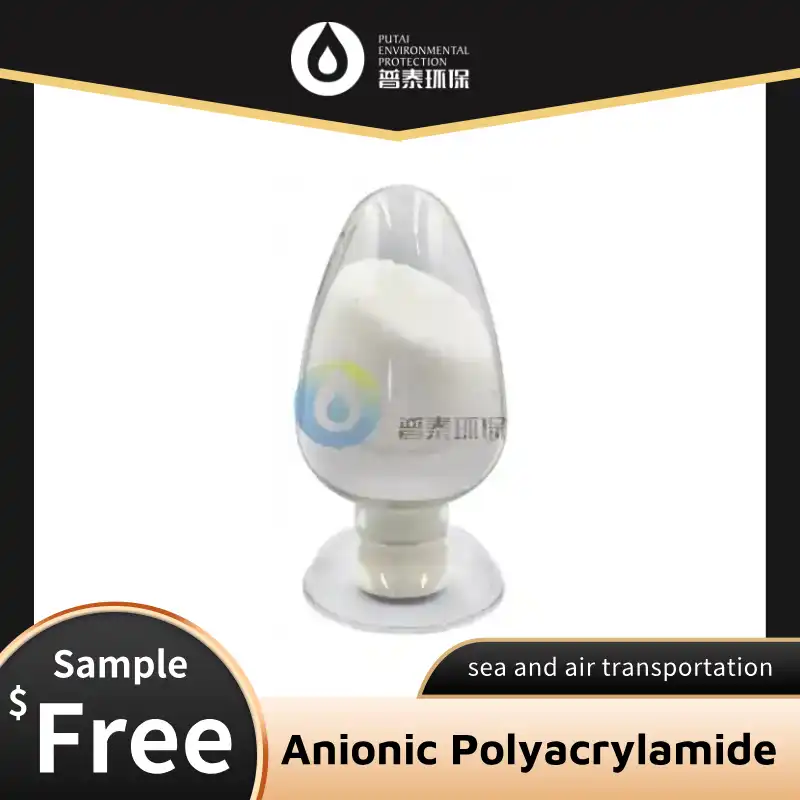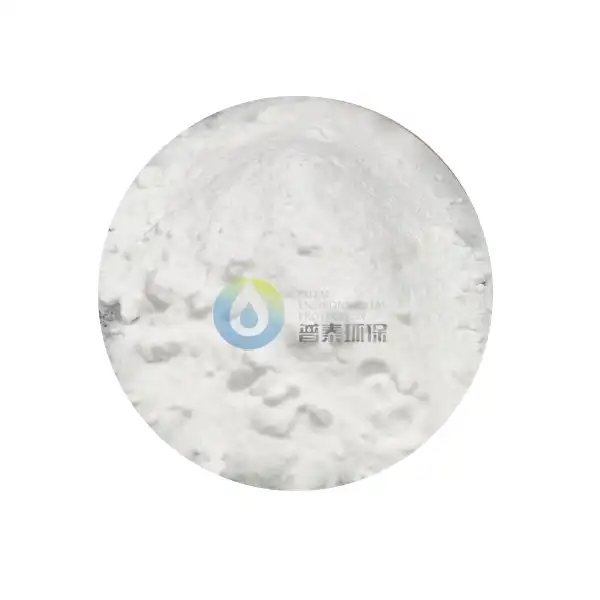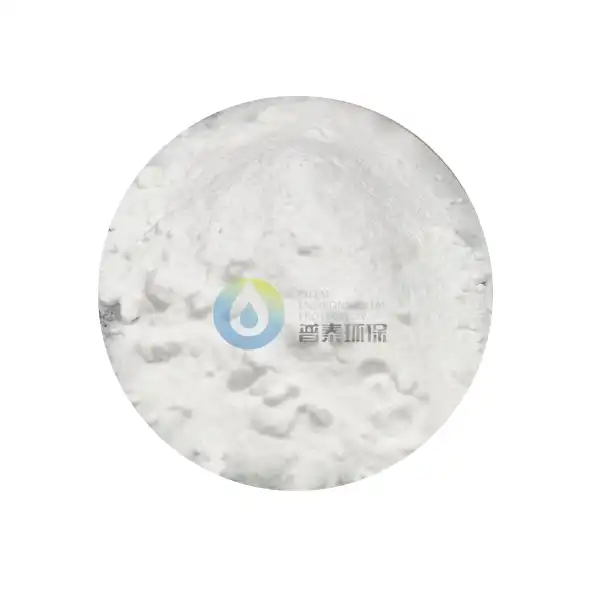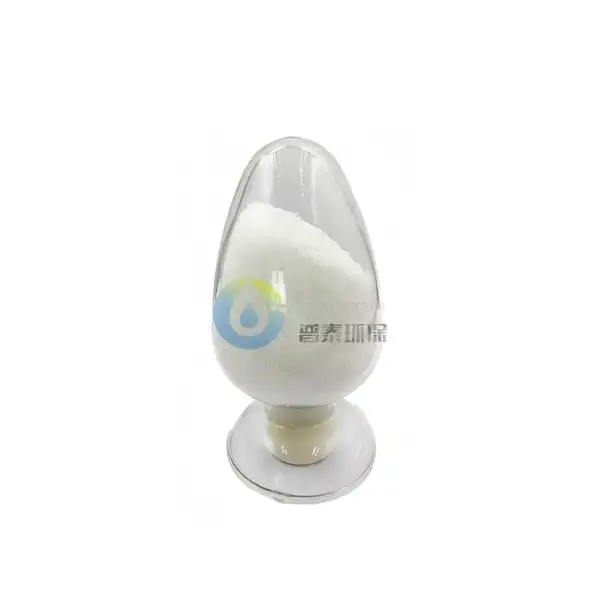How Often Should Solid Potassium Sulfate Fertilizer Be Applied?
Proper fertilization is crucial for maximizing plant health, growth, and yield. Solid Potassium Sulfate Fertilizer (SOP) is a widely used potassium source that provides essential nutrients to crops without harmful chloride content. It is particularly beneficial for chloride-sensitive plants, such as fruits, vegetables, and tobacco. However, for optimal results, one of the most important questions growers ask is: how often should Solid Potassium Sulfate Fertilizer be applied? The frequency of application depends on several factors, including soil type, crop requirements, and environmental conditions. In this blog, we will explore the best practices for applying solid potassium sulfate fertilizer to ensure healthy plant growth and sustainable soil management.
https://www.ywputai.com/potassium-sulfate
What Factors Determine How Often Solid Potassium Sulfate Fertilizer Should Be Applied?
Soil Type and Potassium Availability
The frequency of applying Solid Potassium Sulfate Fertilizer largely depends on soil type and its natural potassium-holding capacity. Sandy soils, for example, have low potassium retention due to their large particle size and poor cation exchange capacity (CEC). As a result, potassium leaches quickly from the root zone, requiring more frequent applications to maintain adequate nutrient levels. In contrast, clay soils have a higher capacity to retain potassium, meaning that fewer applications may be needed.
Conducting a soil test is the most effective way to determine the existing potassium levels in the soil. Regular soil testing helps farmers understand how much potassium is available and whether additional applications are necessary to meet crop demands. By tailoring fertilizer application frequency based on soil characteristics, growers can ensure optimal nutrient uptake while avoiding excess application that may lead to nutrient runoff.
Crop Type and Growth Stage Requirements
Different crops have varying potassium requirements throughout their growth cycle, which directly affects how often Solid Potassium Sulfate Fertilizer should be applied. For instance, potassium-demanding crops such as potatoes, tomatoes, and citrus fruits require consistent potassium supply to support fruit development, water regulation, and overall plant health. These crops may benefit from split applications throughout the growing season to maintain steady nutrient availability.
On the other hand, leafy vegetables and grains may require fewer applications, as their potassium demands are lower compared to fruit-bearing plants. Understanding the specific nutrient needs of each crop at different growth stages – from vegetative growth to flowering and fruiting – allows farmers to apply potassium sulfate at the right time for maximum benefit.
Environmental and Climatic Conditions
Environmental factors such as rainfall, temperature, and irrigation practices can influence potassium availability in the soil, affecting the frequency of Solid Potassium Sulfate Fertilizer applications. In regions with high rainfall, potassium leaching is a common concern, necessitating more frequent applications to replenish lost nutrients. Similarly, in areas with intensive irrigation systems, potassium may be washed away from the root zone, requiring periodic replenishment.
Conversely, in arid regions with minimal rainfall, potassium sulfate can be applied less frequently as nutrient leaching is less of a concern. However, water availability plays a crucial role in potassium uptake, and growers should ensure that adequate moisture levels are maintained to facilitate nutrient absorption. Adapting the application schedule to local environmental conditions helps optimize fertilizer efficiency and prevent nutrient loss.
What Are the Best Application Methods for Solid Potassium Sulfate Fertilizer?
Broadcasting for Pre-Planting or Maintenance
Broadcasting is a widely used method for applying Solid Potassium Sulfate Fertilizer, especially for large-scale field crops. This technique involves spreading the fertilizer evenly across the field before planting or as a maintenance application during the growing season. Broadcasting ensures uniform nutrient distribution and is particularly effective for crops with extensive root systems, such as wheat and corn.
For pre-planting applications, potassium sulfate is often incorporated into the soil using tillage to enhance nutrient availability for developing roots. Growers should carefully calculate the required application rates to prevent nutrient deficiencies or excess buildup in the soil. Regular soil testing can help fine-tune the broadcasting schedule to align with crop needs.
Side-Dressing for Targeted Nutrient Delivery
Side-dressing is a targeted application method that involves placing Solid Potassium Sulfate Fertilizer alongside growing plants, ensuring that nutrients are readily available to the root system. This method is commonly used for row crops, vegetables, and fruit trees, where potassium demand increases during flowering and fruiting stages.
Side-dressing allows for precise nutrient placement, reducing the risk of nutrient loss and improving efficiency. It can be performed manually or using specialized machinery, depending on the scale of farming operations. By applying potassium sulfate at key growth stages, farmers can enhance plant vigor and optimize yield potential.
Fertigation for Efficient Nutrient Uptake
Fertigation, the practice of applying Solid Potassium Sulfate Fertilizer through irrigation systems, is an efficient and precise method of nutrient delivery. This technique is particularly beneficial in greenhouse and high-value crop production, where water and nutrient management are critical. Fertigation allows for frequent, low-dose applications, ensuring a steady supply of potassium to the root zone.
By integrating potassium sulfate into drip or sprinkler irrigation systems, growers can enhance nutrient uptake efficiency, reduce labor costs, and minimize environmental impact. Proper calibration of fertigation systems is essential to avoid over-application and ensure uniform nutrient distribution across the field.
How to Determine the Right Frequency for Applying Solid Potassium Sulfate Fertilizer?
Conducting Regular Soil Testing
Regular soil testing is a fundamental practice for determining the appropriate application frequency of Solid Potassium Sulfate Fertilizer. Soil tests provide valuable insights into nutrient levels, pH balance, and overall soil health, helping growers make informed fertilization decisions.
Testing should be performed at least once per growing season, ideally before planting and during mid-season growth stages. Based on test results, farmers can adjust their fertilizer application schedule to address specific nutrient deficiencies and optimize potassium availability.
Observing Crop Performance and Deficiency Symptoms
Monitoring crop growth and observing deficiency symptoms are practical ways to assess potassium needs and adjust the application frequency of Solid Potassium Sulfate Fertilizer. Common potassium deficiency symptoms include yellowing leaf edges, weak stems, and reduced fruit quality.
By closely observing plant health, farmers can identify early signs of potassium deficiency and take corrective action through additional fertilizer applications. Timely intervention ensures that crops receive the nutrients they need to thrive and produce high-quality yields.
Following Agronomic Recommendations and Guidelines
Agricultural extension services and fertilizer manufacturers provide valuable guidelines on the recommended frequency and application rates for Solid Potassium Sulfate Fertilizer. These recommendations are based on extensive research and field trials, offering reliable insights into best practices for different crops and growing conditions.
Farmers should follow agronomic recommendations tailored to their region and crop type, ensuring that potassium sulfate is applied at optimal intervals to support plant growth and soil sustainability.
Conclusion
The frequency of applying Solid Potassium Sulfate Fertilizer depends on several factors, including soil type, crop requirements, and environmental conditions. By using soil testing, observing plant health, and following agronomic guidelines, farmers can determine the best application schedule to maximize nutrient efficiency and achieve optimal crop yields.
Xi'an Putai Environmental Protection Co., Ltd. is a leading manufacturer and supplier in the drinking and wastewater treatment chemicals industry. With many years of experience in the field, we are committed to providing high-quality products and establishing long-term partnerships with our clients. Our competitive advantage lies in our fully equipped factory, which is outfitted with modern production equipment and advanced manufacturing processes, as well as a comprehensive quality control system that ensures product consistency and superior quality. Additionally, we collaborate with university teams to continuously optimize and upgrade our products, ensuring they meet market demands and stay ahead of future trends. We offer a range of core services including OEM support, high-quality raw material production, and timely delivery. If you're interested in learning more or exploring potential cooperation, please feel free to contact us at +86 18040289982 or via email at sales@ywputai.com. We look forward to the opportunity to work with you.
References
1. Smith, J. (2021). Nutrient Management Strategies for Sustainable Agriculture.
2. Johnson, R. (2019). The Role of Potassium in Crop Production.
3. Anderson, P. (2020). Soil Fertility Management Practices.
4. Lee, M. (2018). Optimizing Fertilizer Use for Maximum Yield.
5. White, C. (2022). Effects of Potassium Sulfate on Plant Growth.
6. Green, T. (2017). Best Practices for Fertilizer Application in Organic Farming.


_1729216561998.webp)
_1729216518286.webp)



